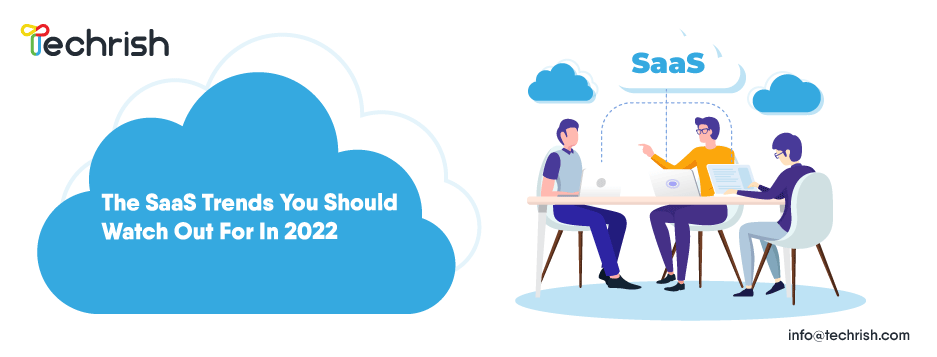SaaS or software as a service is one part of cloud computing. And what it does is deliver software applications over the internet, usually as a subscription service. Because the software is hosted by a cloud provider, upgrades and maintenance are no longer your concerns.
Software-as-a-service (SaaS) is becoming a more feasible option for organizations in search of accessibility, functionality, and versatility.
The Key Characteristics of Software-as-a-service (Saas)
Scalability: Because of its inherent scalability, cloud-based SaaS enables businesses to easily expand. Companies can be selective about which features and options they want.
Accessibility: With SaaS, businesses have the mobility of accessing applications from any digital device and location, making it especially convenient for mobile platforms. Additionally, it boasts ease of use and is user-friendly.
Adaptability: Due to the seemingly limitless level of scalability, accessibility, and insight SaaS innovations offer, businesses that use such tools or platforms will become far more adaptable to constant change or unforeseen organizational roadblocks.
Security: Most SaaS models are known for their enterprise-level security, which is more comprehensive than many centralized, on-premise solutions. In Cloud SaaS, pre-existing disaster recovery protocols are in place to manage potential system failures. This means that your business’s data is available and secure regardless of a data breach or system failure.
Top SaaS Trends in 2022
- Vertical SaaS
- Artificial Intelligence
- Mobile-first Development
- White-label SaaS
- Machine Learning
- The Growing Need for API Connections
Vertical SaaS
Vertical SaaS solutions include software that is targeted to a particular niche or industry-specific standards. This is a more recent trend in the development of the SaaS market, so it is not as mature as the horizontal model. In fact, there are several commentators who feel that there may be more opportunity for new vertical SaaS providers today due to them being a more recent phenomenon.
The fundamental difference between horizontal and vertical SaaS is their focus. The former, as the name suggests, provides solutions to a wide array of industries. At the same time, the latter is a product that aims to cater to a narrower audience, typically within a single niche.
Artificial Intelligence
Artificial Intelligence and Machine Learning have blended into every part of today’s life and SaaS is no exception. Since the 1950s, AI has attracted enormous attention and opened horizons previously only possible in sci-fi movies like Chappie or I, Robot. But now from Apple’s Siri to Windows Cortana to Amazon’s Alexa to the website chatbots, AI has touched almost every aspect of this industry. AI is used to deal with gigantic amounts of data. This eventually gives companies the power to automate many customer experience processes and tedious tasks, such as training, customer interactions, running marketing campaigns, upselling, in short, a whole new customer service
Mobile-first Development
By the year 2022, experts project that around 72.6% of the world’s population will browse the internet using their mobile devices. In our mobile-driven age, we’re free from the shackles of time or geographical location, meaning that people can connect with their peers and remain productive 24/7, 365 days of the year. We are in the midst of a portable age, and as more innovative software developers wise up, the mobile-first mindset will serve to shape the future of SaaS.
White-label SaaS
White-label software is software that is purchased by a company from a service provider and rebranded as its own. Most white-label software comes from software-as-a-service (SaaS) businesses that lease out the rights to their software or over an agreed-upon subscription term.
Machine Learning
Machine learning is one of the fastest-growing segments of the software and, as such, it’s a hot SaaS 2022 topic.
Machine Learning (ML), a subset of AI, is utilized in SaaS to automate responsiveness in customer service reports and applications, such as AI-powered chat operations with live chatbots. It will also automate the onboarding process of SaaS. As Machine Learning is built on an autonomous operational model, new innovations will facilitate software and platforms that empower businesses to automate significant chunks of internal operations other than customer service or experience alone.
The Growing Need for API Connections
The API (Application Programming Interface) has been a fundamental part of software development for years, and this is precisely what our third SaaS trend focuses on. With the explosion of SaaS solutions and adoption by the market, the need to integrate them into an existing business system appeared.
Wrapping Up
Overall, the rise of software as a service solution isn’t going anywhere. Both small and large businesses are utilizing SaaS in some form, and as these options continue to expand, this percentage will only increase.





 u
u